Coil stock has become well established within the metalworking industry over the past few decades. There are numerous advantages processing coil stock including the fact that it:
As positive as all of this is, however, there various material conditions unique to coil stock. Understanding each of these potential issues and how to avoid or deal with them will help keep your operations at their best.
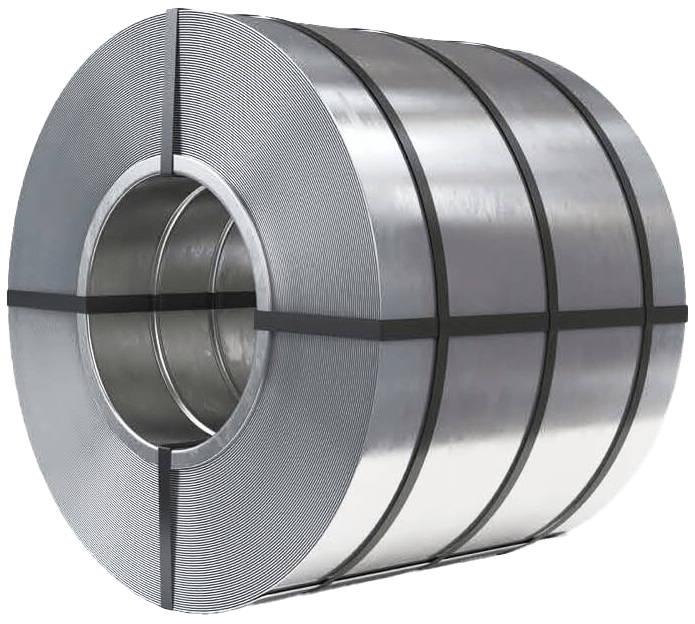
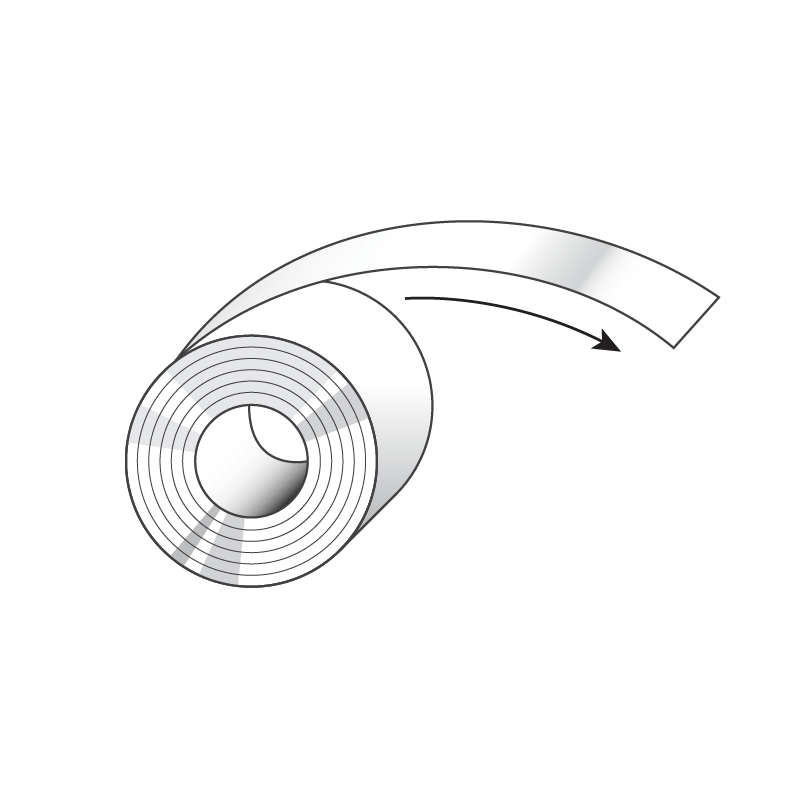
All stock has, to some degree, a condition known as coil set, which is a curvature of the stock. Since the stock is wound under tension, the coil set persists even as the material is unwound. Coil stock straighteners are used to remove enough of the coil set to enable automatic feeding. However, for more severe conditions, precision levelers may be required.

A curvature of the stock through its cross-section where the center of the stock is higher than the edges is known as the crown. This condition can be reduced by the leveling process, but most often needs to be accommodated within the dies and coil equipment. This requires abnormal clearances for the stock by recessing rolls or plates to allow passage of the edges of the stock while keeping pressure on the flat surface at the center of the stock.
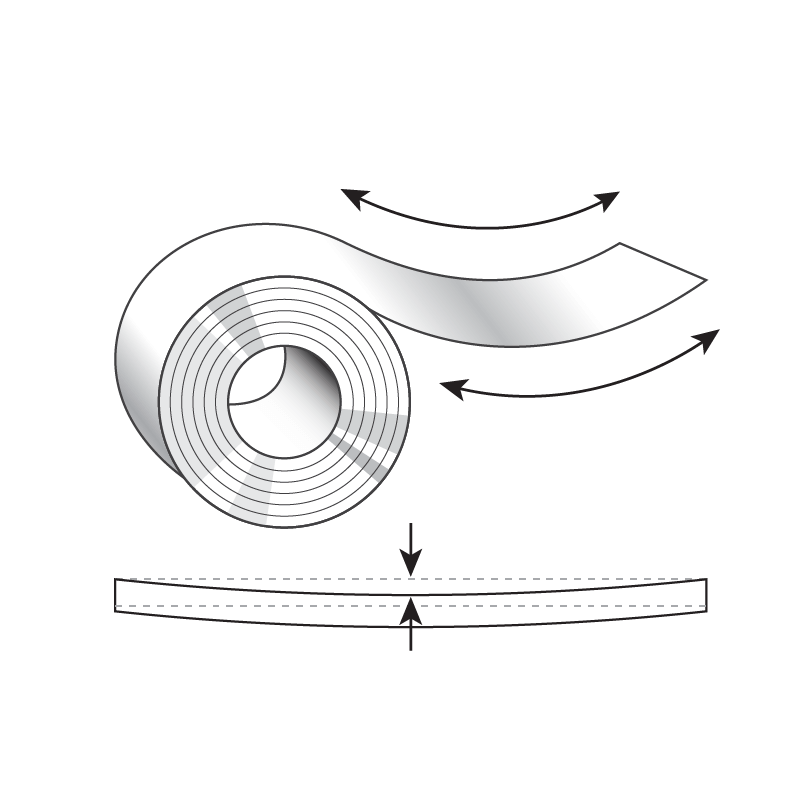
This condition occurs when one edge of the material is longer than the other, and is most noticeable in narrow materials. The material curves off to the side in one direction or even snakes back and forth. Camber is measured in the number of inches (or fractions) of offset in a given length. Once camber occurs, it is very difficult to keep on the center line of the tooling during the coil feeding process. While this condition is best dealt with from the source of supply, the coil processing equipment and dies need to accept and accommodate the worst case conditions of camber.
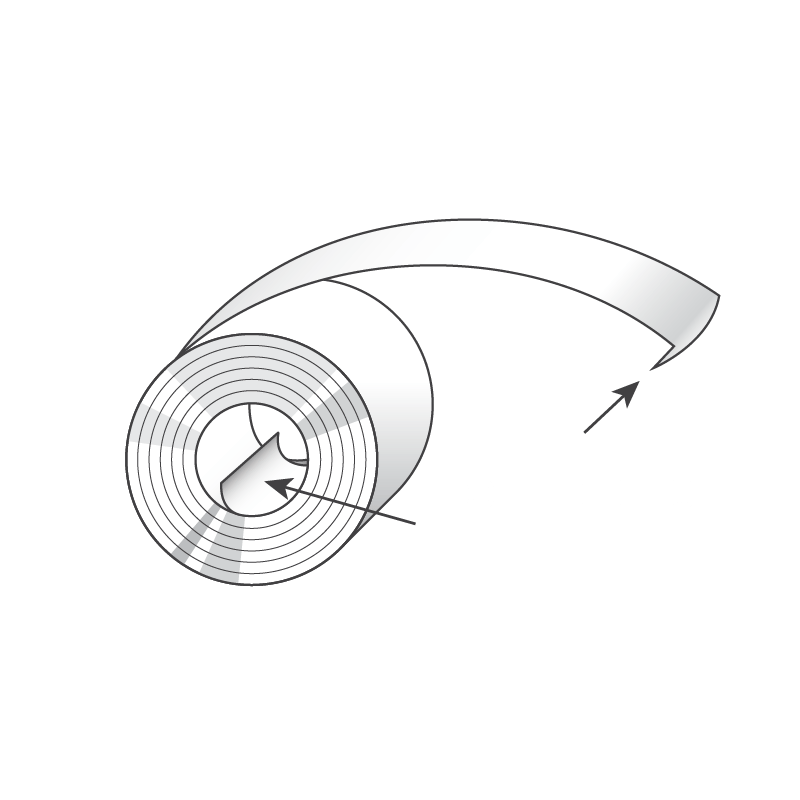
Leading and trailing ends of coil stock can have significant “kink” in them, which must be removed to enable automatic coil handling and feeding. This is commonly done with a knibbling device or a cropping shear in large, high production lines. Other removal processes utilize coil breakers, debenders, or flatteners at the entry station of the power straightener. However, a power straightener does not completely remove a coil end kink. So, although the kinked coil can be fed through the die, it will most likely result in an unacceptable part.

This results when coil material has a series of kinks or lines, typically evenly spaced, across the surface. This condition cannot be completely corrected within the conventional coil processing line. If not too severe, the coil break can be accommodated for within the system. However, it will most likely result in unacceptable parts.
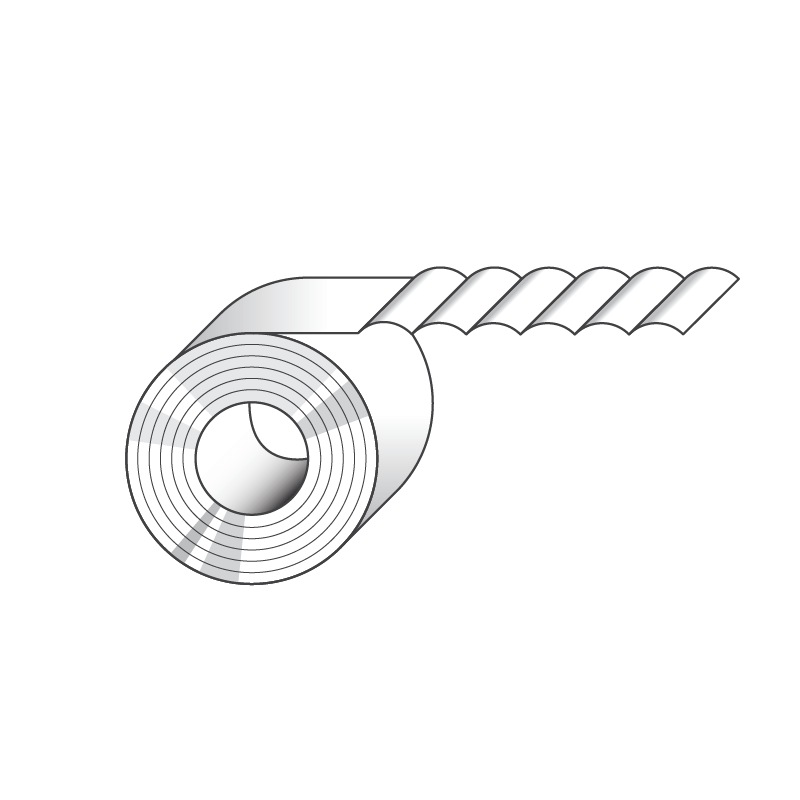
This anomaly is also referred to as scalloped edges and is another condition that can be detrimental to coil processing efficiency and part quality. If it occurs at the coil handling, straightening, and feeding process it is most likely the result of excessive pinch roll pressure or excessively stressed rolls, which deflect in the center and deform the edges of the material.
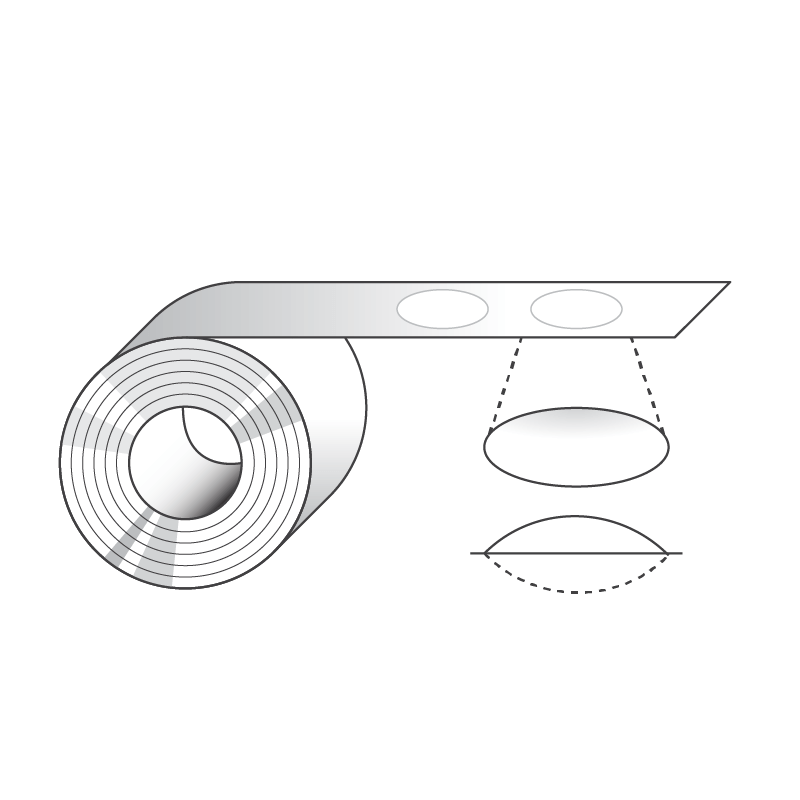
This condition usually appears after the blanking operation. The material is “dished” so that the center of the material is stretched more than the edges. If rolled, the bump will simply transfer to the other side or pop back and forth like an oil can. This condition results at initial coil production and is often worsened by subsequent processing. Conventional coil handling equipment does not provide a remedy for this situation.
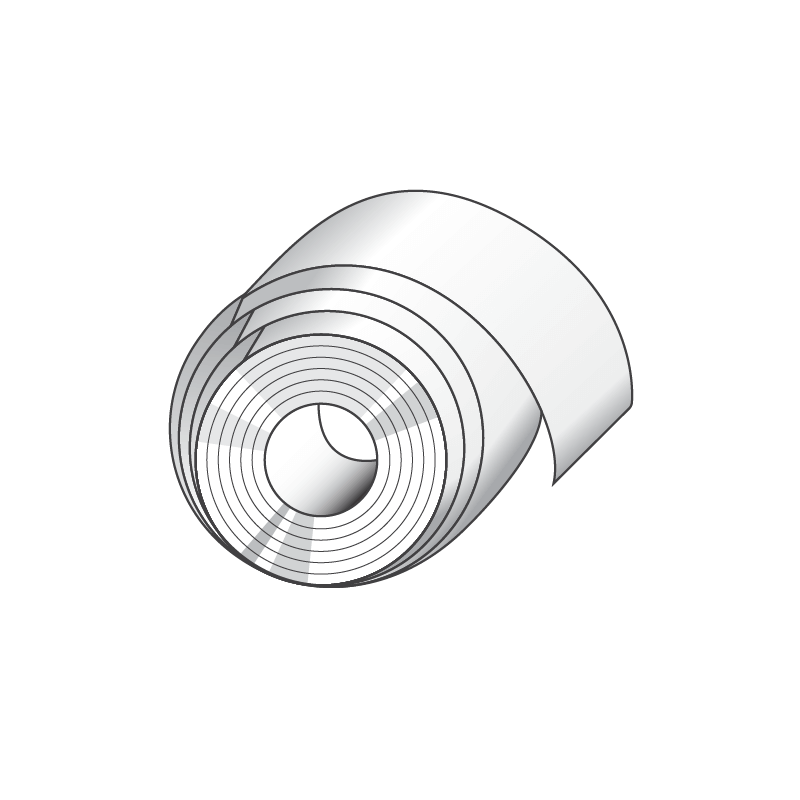
This is the tendency for the outer coil wraps to separate from one another in an uncontrolled manner and spread outward around the coil diameter. In effect, the coil begins to grow. Excessive clockspring can represent serious danger to personnel. Under moderate conditions, unrolling from a cradle can slow the tendency toward clockspring as the weight of the coil rests on each outer wrap. Reels can be equipped with coil hold downs or restrictors to minimize this problem. And, under the most severe conditions, special heavy duty restrictors can be specified for reels and cradles. Hands-free threading capability with a peeler/threader/hold down system assures efficient coil threading and operator safety.

This is the tendency for individual wraps or groups of wraps to move sideways resulting in damage of material edges and significant operating problems in maintaining alignment and smooth material flow. Diligence at the coil processing stage with proper tensioning and alignment, resulting in evenly wound coils, is the best cure.
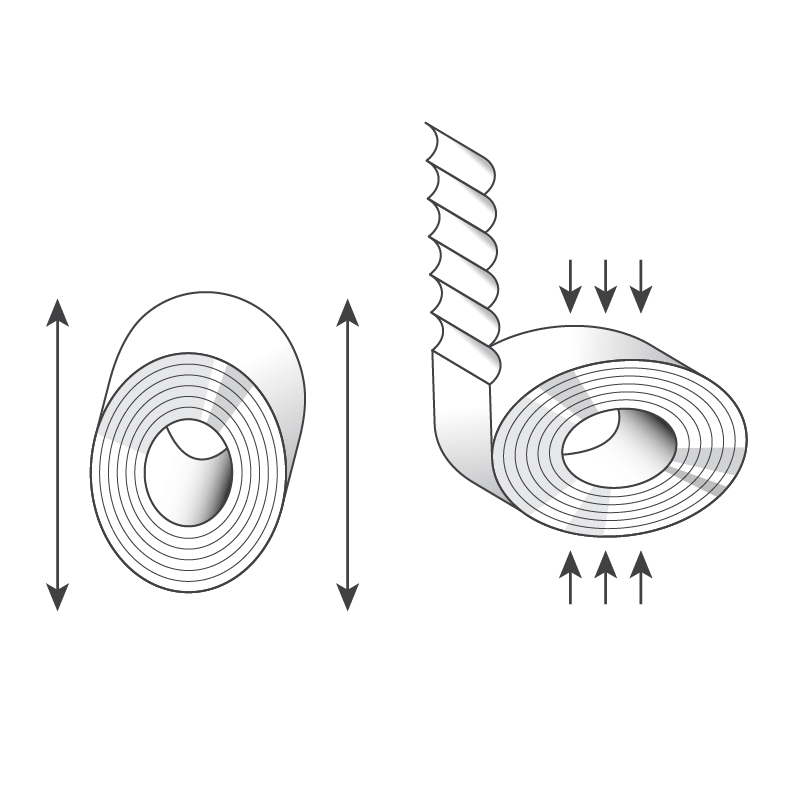
Thin or loosely wound coils tend to elongate in the handling process, especially when provided in heavier weights. These coils are not suitable for cradle type uncoiling and can, instead, be handled with coil cars or coil slings to load the roll on reels.